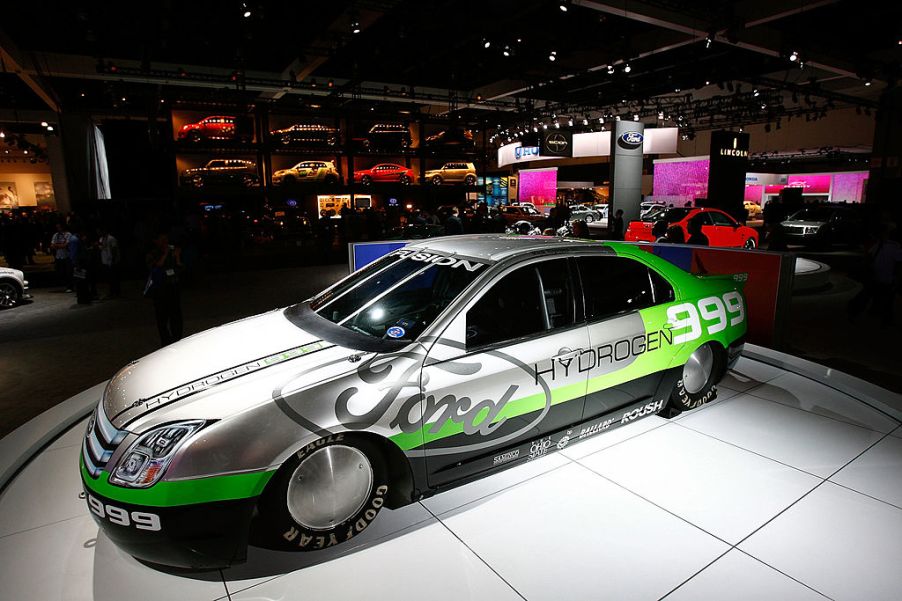
Why Aren’t There More Hydrogen Powered Cars?
The future of cars is bright. Many automakers have different ideas about how the future of the industry will look like, and they range from making electric cars to even finally creating flying cars. One idea, however, is to create cars powered by hydrogen. Here’s why that idea hasn’t been taking off.
How do these cars work?
If you’ve heard of the H-bomb, or the hydrogen bomb, then you may already have a sense of how powerful hydrogen is. Don’t be worried though, hydrogen, especially in the form of a fuel cell, is very safe, according to Forbes. The fuel cell is the primary way that a hydrogen-powered car is different than every other car.
The job of a hydrogen fuel cell is simply to turn hydrogen into electricity. Then, it uses that electricity to power the electric motor of the car. So technically speaking, a hydrogen car is an electric car. But these two types of cars are very different. As Forbes explained, while hydrogen may be one of the most abundant elements in the universe, hydrogen cars can’t use just any hydrogen, the hydrogen must be refined.
That process will require energy, but once the hydrogen is refined, refilling a hydrogen car with hydrogen is as quick and easy as it is to refill a gas-powered car with gas, according to Forbes. Rather than wait hours to recharge an electric car’s battery, hydrogen-powered cars are ready to go in mere minutes.
But, just like electric cars, hydrogen ones won’t produce any greenhouse gases, thus making them great for the environment. But like a lot of things that are good for the environment, these green cars aren’t necessarily good for your wallet.
The big issues with hydrogen cars
Probably the biggest issue for consumers, when it comes to hydrogen-powered cars, is simply the cost. Not just in buying the car, but also in running it.
As Forbes mentioned, because of the complicated process that’s necessary to make hydrogen fuel, the price for the equivalent of a gallon of hydrogen fuel is roughly three times that price for a gallon of gas. That means that hydrogen vehicle owners may have to pay almost $10 a gallon.
Plus, these cars are very expensive to buy as-is. Toyota was one of the first automakers to introduce a hydrogen-powered car, the Mirai, and it’s a four-seat sedan. The Mirai, according to Edmunds, costs almost $60,000 brand-new. That’s simply unaffordable for many Americans, especially when you consider another big issue with hydrogen cars — the refueling process.
While yes, it’s fast and easy to refuel a hydrogen vehicle, there are simply not many places in the country that offers hydrogen fuel to start with. Many Americans may not want a hydrogen car simply because it’s so inconvenient to find a refueling station for it. As a result, automakers are shy about introducing and producing these cars because there’s not a high demand for them.
Other challenges with hydrogen
Those were the big challenges, but hydrogen also has many other issues that scientists and researchers are racing to solve. According to the government, there are several other issues that are making it hard for hydrogen-powered vehicles to really succeed.
For instance, the government says that the weight of the hydrogen technology is too high for cars. As a result, hydrogen-powered cars don’t have great range, especially compared to the competition. Another issue with the hydrogen technology is that its durability needs to last longer. The government says that, in particular, the current technology and materials used in those systems are simply inadequate for a long lifespan.



